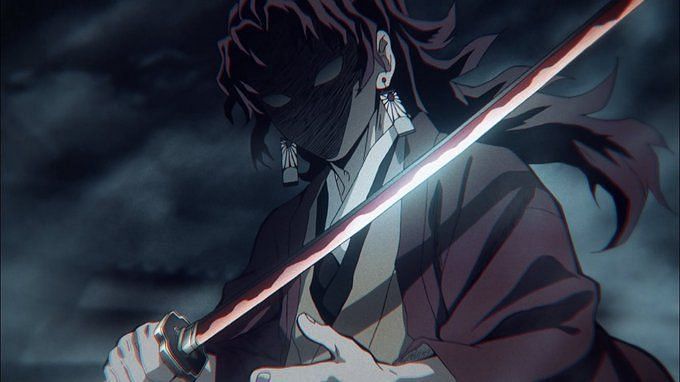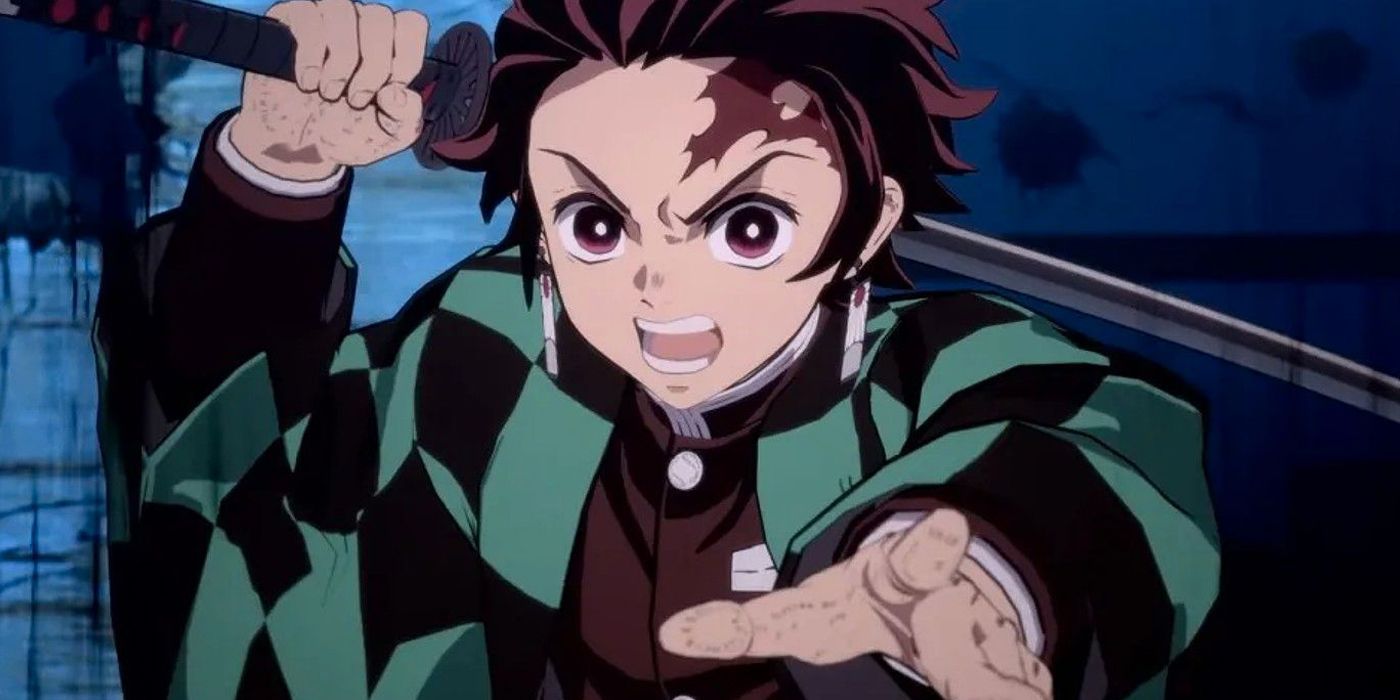In the world of anime, the Demon Slayer series has captured the hearts of fans worldwide. With its unique characters, intricate plot, and stunning animation, it's no surprise that this anime has garnered widespread acclaim. Among its many intriguing elements, one aspect that has piqued the curiosity of fans is the significance of black swords. In this article, we delve into the deep meaning of black swords in Demon Slayer and explore their broader symbolism in the world of anime.
The Black Sword in Demon Slayer
At the heart of Demon Slayer is the protagonist, Tanjiro Kamado, who wields a black sword. His sword's color isn't merely an aesthetic choice; it carries profound symbolic weight within the series. Tanjiro's journey from a compassionate and kind-hearted boy to a fierce demon slayer is mirrored in the transformation of his sword. The black sword represents the trials he faces, the darkness he confronts, and his unwavering resolve to protect humanity.
Symbolism of Black Swords in Anime
The symbolism of black swords extends beyond Demon Slayer. In the world of anime, black swords often signify power, mystery, and strength. Characters wielding black swords tend to be enigmatic and formidable. These swords are more than just weapons; they become an extension of the characters themselves, reflecting their inner strength and determination.
In various anime series, black swords are used to portray a sense of otherworldly might and an air of mystique. Characters who wield these swords are often deeply intertwined with complex narratives and ethical dilemmas.
Cultural References and Influences
To truly understand the meaning of black swords in anime, it's essential to delve into their cultural origins. Japanese history and folklore play a significant role in shaping the symbolism of these swords. Traditional Japanese swords, particularly the katana, are revered for their craftsmanship, precision, and spiritual significance. The katana embodies the soul of the samurai, and it has deep ties to the Japanese culture and way of life.
In anime, black swords often draw from this cultural reservoir, emphasizing the gravity of their usage and the historical reverence that surrounds them.
The Connection to Darkness and Morality
In many anime narratives, characters who wield black swords grapple with complex ethical dilemmas. These swords become a metaphorical representation of the moral ambiguity and internal struggles faced by the characters. The tension between good and evil is palpable, and the black sword serves as a visual reminder of the moral complexities at play.
The characters' choices and their journey to navigate these moral gray areas are central to the narrative, and the black sword is an ever-present symbol of this struggle.
Black Swords in Pop Culture
The influence of anime on pop culture cannot be overstated. Black swords, with their inherent mystique and power, have made their way into other media and art forms. From video games to literature and even fashion, the fascination with black swords has transcended the boundaries of anime fandom.
Collectors and fans alike are drawn to these unique weapons, showcasing their popularity and enduring appeal in popular culture.
Conclusion
In conclusion, the deep meaning of black swords in Demon Slayer and anime at large is a testament to the rich storytelling and cultural influences present in this medium. These swords are more than mere weapons; they represent the struggles, moral complexities, and strength of the characters who wield them. As anime continues to captivate audiences around the world, black swords will remain a symbol of the genre's unique ability to tell compelling and profound stories.
The next time you watch an anime featuring a character with a black sword, remember that it's not just a weapon – it's a powerful symbol of the character's journey, their connection to Japanese culture, and the complexities of their moral dilemmas. Black swords in anime are more than meets the eye; they are a reflection of the soul of the story itself.



